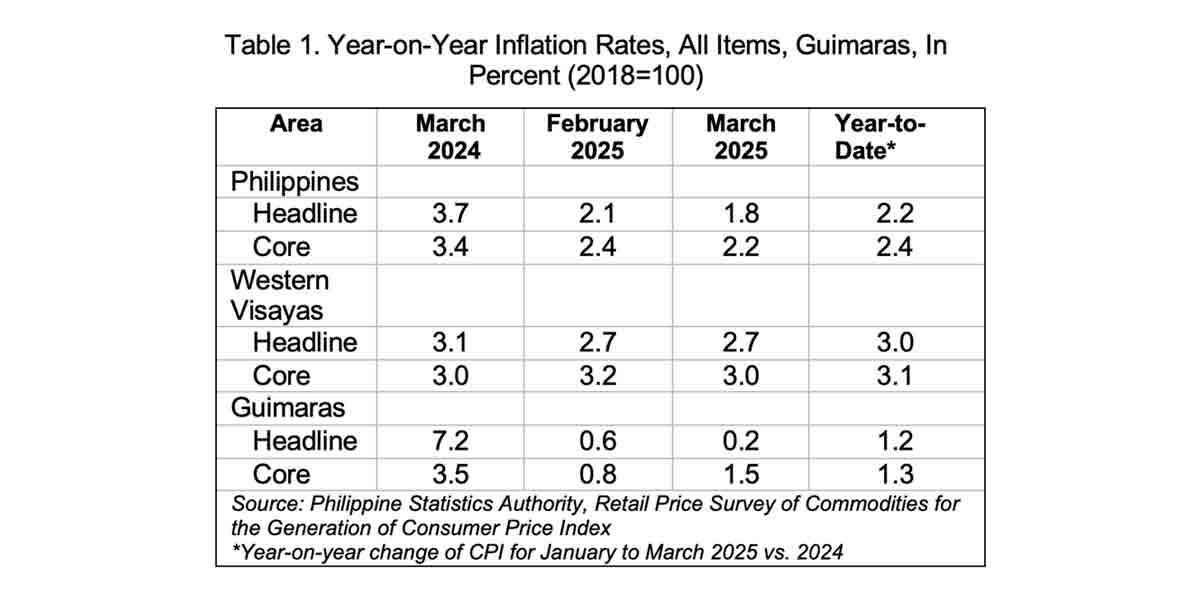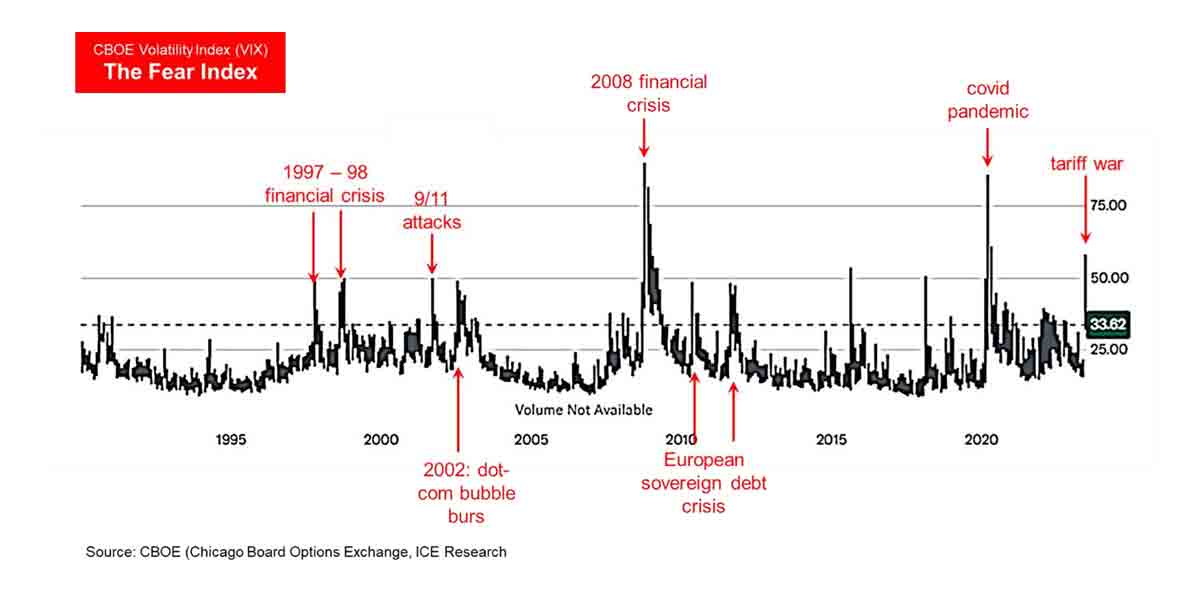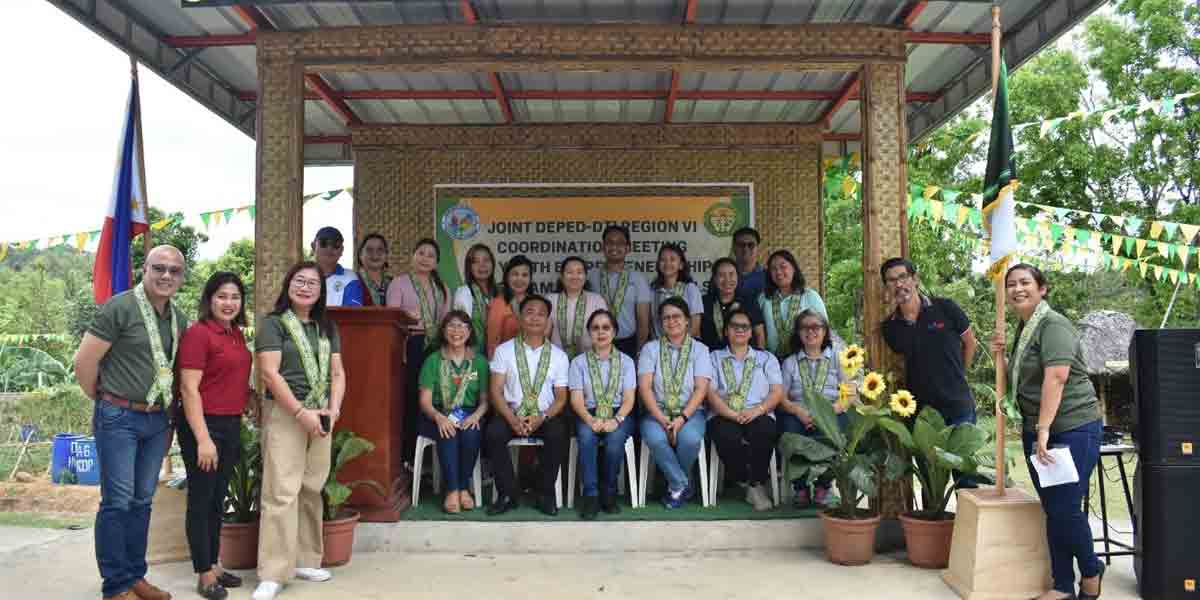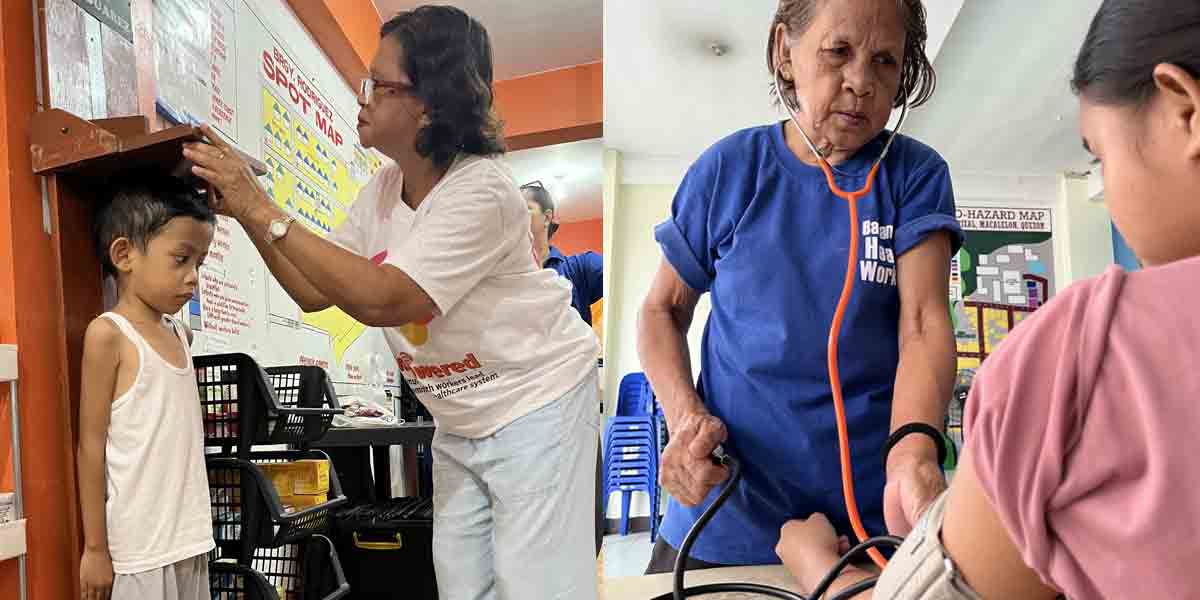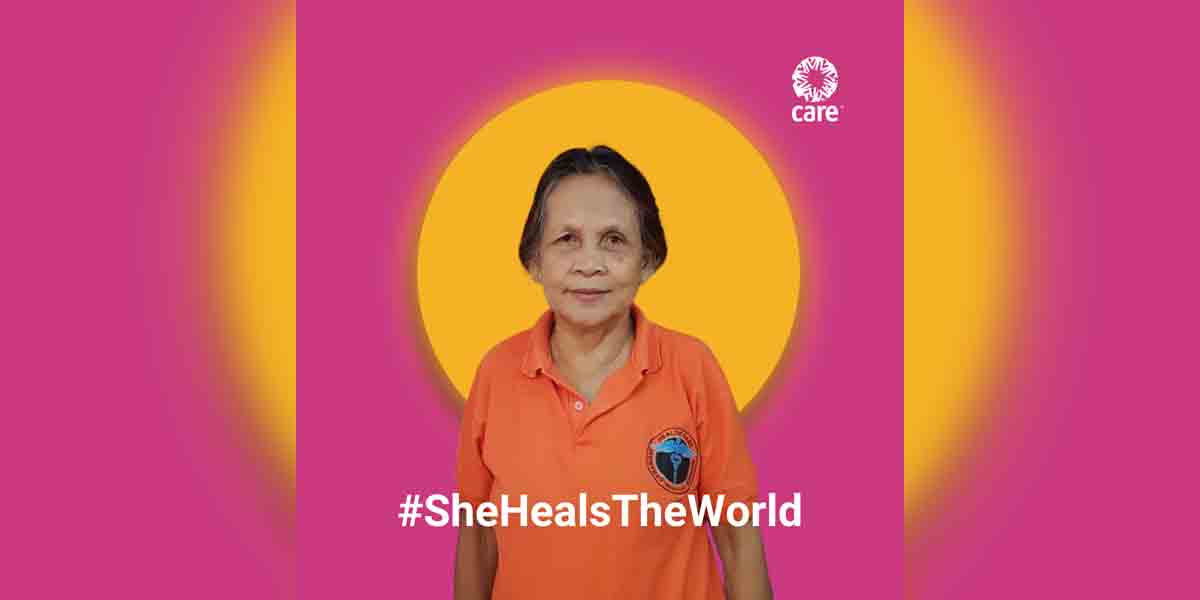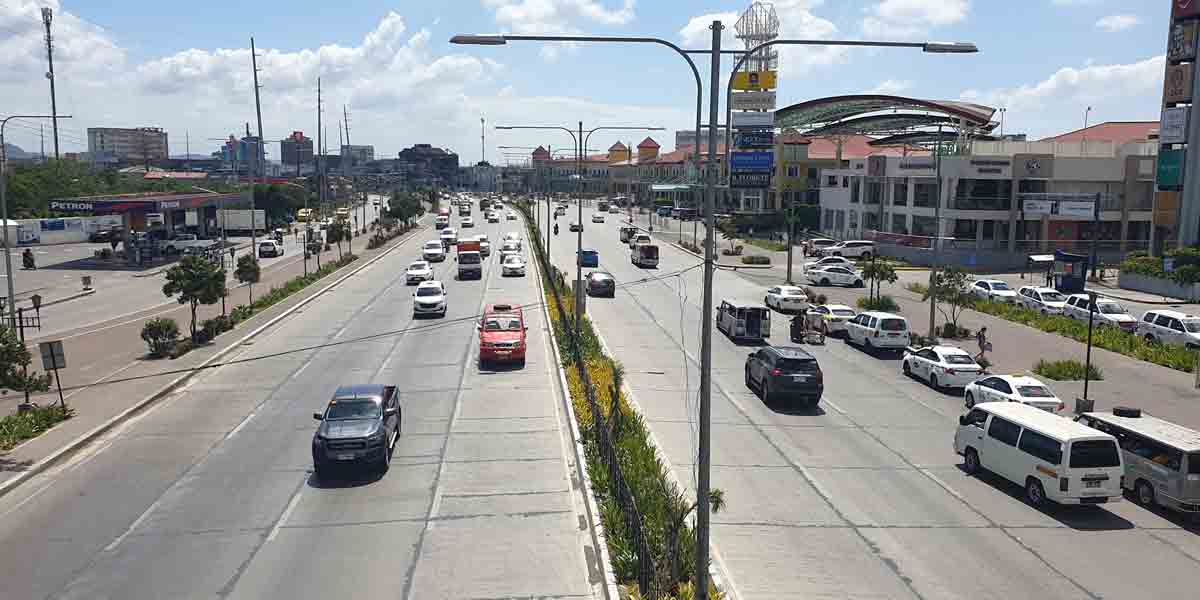By John Noel E. Herrera
The province of Iloilo recorded 466 suspected cases of hand-foot-and-mouth disease (HFMD) from Jan 1 to Nov 26, 2022, which is 7,650 percent higher compared to cases reported in the same period last year.
According to Iloilo Provincial Health Office (IPHO), 16 towns recorded high numbers of HFMD cases, while only eight municipalities remain HFMD-free so far.
The town of San Dionisio logged the most cases with 66, followed by Cabatuan (34), Leon (26), San Rafael (23), Pavia (22), and Concepcion (21).
Data also indicated that the towns of Banate and New Lucena recorded 19 cases, each, while Banate and New Lucena both had 17 cases; Mina with 16; Miag-ao, Calinog, and Zarraga with 13, and Igbaras and Duenas with 12.
IPHO head Dr. Maria Socorro Colmenares-Quinon also said that the towns of Alimodian, Balasan, Batad, Carles, Estancia, Leganes, San Enrique and San Miguel remain HFMD-free.
The World Health Organization defines HFMD as a common viral illness that mostly affects infants and children below five years old. It is also usually a mild disease, and nearly all patients recover in seven to 10 days without medical treatment.
The disease is commonly spread through droplets or direct contact with nasal discharges, saliva, feces, and fluid from the rashes of an infected individual, while HFMD symptoms include a fever that may last 24 to 48 hours, painful mouth sores and rashes, blisters on the hands and feet, sore throat, and loss of appetite.
Quiñon emphasized the importance of good hygiene and advised parents to make sure that their children observe it, such as frequent hand washing to lessen the risk of catching the disease.
“Kapin pa abre na ang klase, damo na kita sang mga gatherings, so malikawan ta ni sa pamaagi sang regular nga paghinaw sang kamot, mag-practice gid sang good hygiene, then avoid mag share sang mga gamit sang pagkaon, mga toys kapin pa sa mga bata, and mag-usar man sang mask,” Quinon said in an interview.
Quiñon also attributed the surge in cases this year to the change in the “health-seeking behaviors” of people as they do not hesitate in seeking help from rural health centers when they have HFMD symptoms.
“Once may makita sila nga symptoms, nagakadto na sila sa health facility and this is a result of the active advocacy campaign of municipal health offices,” she earlier said.





